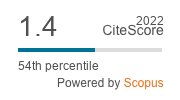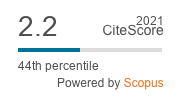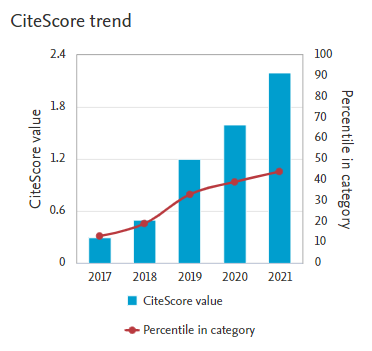Predictive Placement of IC Chips using ANN-GA Approach for Efficient Thermal Cooling
DOI:
https://doi.org/10.37934/arfmts.118.2.137147Keywords:
ANN, ANSYS Icepack, GA, IC chips, optimal configurationAbstract
In this research, numerical modelling is used to explore the heat transfer through natural convection capabilities of nine aluminum integrated circuit chips that are installed on substrate board. The goal is to figure out where on the substrate board these IC chips would be best placed if they were arranged differently. The dimensionless parameter (λ) plays a very essential role, and by applying a hybrid technique consisting of ANN and GA. ANSYS Icepack calculates IC chip temperature distributions in 3D steady state numerical simulations. It has been shown that the form, dimensions, and IC chips' substrate board positioning affects their operating temperature. In comparison to the strategies that have been used in the past, hybrid optimization is the strategy that has shown to be the most reliable in properly predicting how the IC chips would be arranged on the substrate board. It has been observed that higher values of one of these parameters lead to a reduction in the maximum temperature surplus. A correlation has been established to illustrate this relationship as it increases. The most favorable simulation outcomes are utilized to drive a genetic algorithm (GA), which identifies the optimal configuration ensuring that the temperatures of the heat sources remain well below their specified maximum operating conditions, as outlined in the data sheets. The maximum temperature variation between the lowest and highest extreme configurations ranges between 4 - 8%. The smallest size IC chip, U2 with high heat dissipation rate attains the maximum temperature in the configuration, however, the temperature variation for the low powered IC chips U3, U4 and U7 are very small. Found good agreement of both the data with an error band of 10%, and thus confirms the accuracy of the network.





















